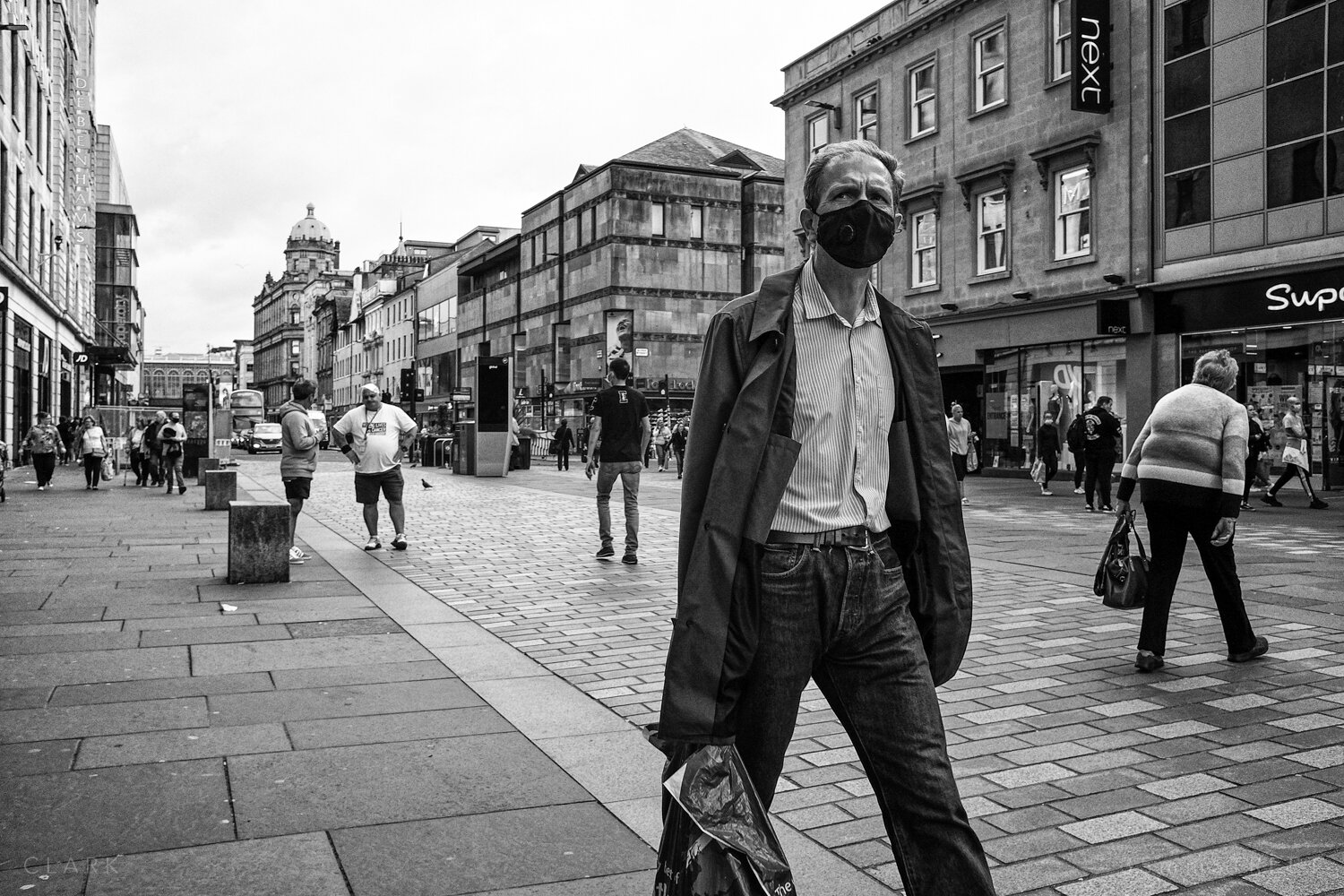4 Easy Facts About Street Photographers Explained
Not known Facts About Street Photographers
Table of ContentsFacts About Street Photographers RevealedStreet Photographers - QuestionsExamine This Report on Street Photographers10 Easy Facts About Street Photographers DescribedUnknown Facts About Street Photographers
Street digital photographers do not always have a social purpose in mind, however they choose to isolate and record moments which could otherwise go unnoticed.He was affected by several of those that influenced the road digital photographers of the 1950s and '60s, he was not mainly interested in catching the spirit of the street., that worked side by side with professional photographers attempting to record the significance of metropolitan life.
As opposed to Atget, professional photographer Charles Marville was employed by the city of Paris to develop an encyclopaedic record of Haussmann's urban preparation task as it unravelled, thus old and new Paris. While the digital photographers' topic was basically the exact same, the outcomes were noticeably various, showing the effect of the photographer's bent on the personality of the pictures he generated.
Provided the great high quality of his pictures and the breadth of product, designers and musicians usually bought Atget's prints to use as recommendation for their own work, though industrial interests were rarely his primary motivation. Instead, he was driven to picture every last remnant of the Paris he liked.
Things about Street Photographers
They reveal the city with his eyes. His job and basic understanding of digital photography as an art form functioned as inspiration to generations of professional photographers that followed. The next generation of road photographers, though they likely did not describe themselves thus, was introduced by the photojournalism of Hungarian-born photographer Andr Kertsz.
Unlike his peers, Brassa used a larger-format Voigtlnder electronic camera with a much longer direct exposure time, forcing him to be extra calculated and thoughtful in his practice than he might have been if utilizing a Leica. (It is thought that he might not have actually had the ability to afford a Leica back then, but he did, however, make use of one in the late 1950s to take colour photos.) Brassa's pictures of the Paris underworld brightened by man-made light were a revelation, and the compilation of the series that he published, (1933 ), was a significant success.
Cartier-Bresson was a champ of the Leica cam and one of the first photographers to optimize its capabilities. The Leica permitted the professional photographer to interact with the environments and to capture moments as they occurred. Its reasonably small dimension also helped the professional photographer discolor into the background, which was Cartier-Bresson's preferred strategy.
Excitement About Street Photographers
It is as a result of this fundamental understanding of the art of image taking that he is often credited with discovering the tool around once again approximately a century because its innovation. He took photos for even more than a half century and influenced generations of professional photographers to trust their eye and intuition in the you could try here moment.
These are the concerns I shall try to address: And after that I'll leave you with my very own meaning of road digital photography. Yes, we do. Let's kick off with specifying what an interpretation is: According to (Street Photographers) it is: "The act of defining, or of making something certain, unique, or clear"
No, certainly not. The term is both limiting and deceiving. Sounds like a street digital photography must be photos of a streets ideal?! And all street digital photographers, besides a small number of absolute beginners, will totally appreciate that a road is not the essential part to street digital photography, and really if it's a photo of a road with perhaps a couple of dull individuals doing nothing of passion, that's not street digital photography that's a picture of a road.
An Unbiased View of Street Photographers
He makes a legitimate point don't you think? While I agree with him I'm not sure "candid public digital photography" will capture on (although I do kind of like the term "honest digital photography") because "road digital photography" has actually been around for a lengthy time, with several masters' names affixed to it, so I believe the term is right here to remain (Street discover this info here Photographers).
Inside?! I hear you shout as you shake your hand to i was reading this the sky. Why not? You can fire at the beach, at a celebration, in an alley, in a park, in a piazza, in a cafe, at a museum or art gallery, in a metro station, at an event, on a bridge, under a bridge ...

8 Easy Facts About Street Photographers Explained
